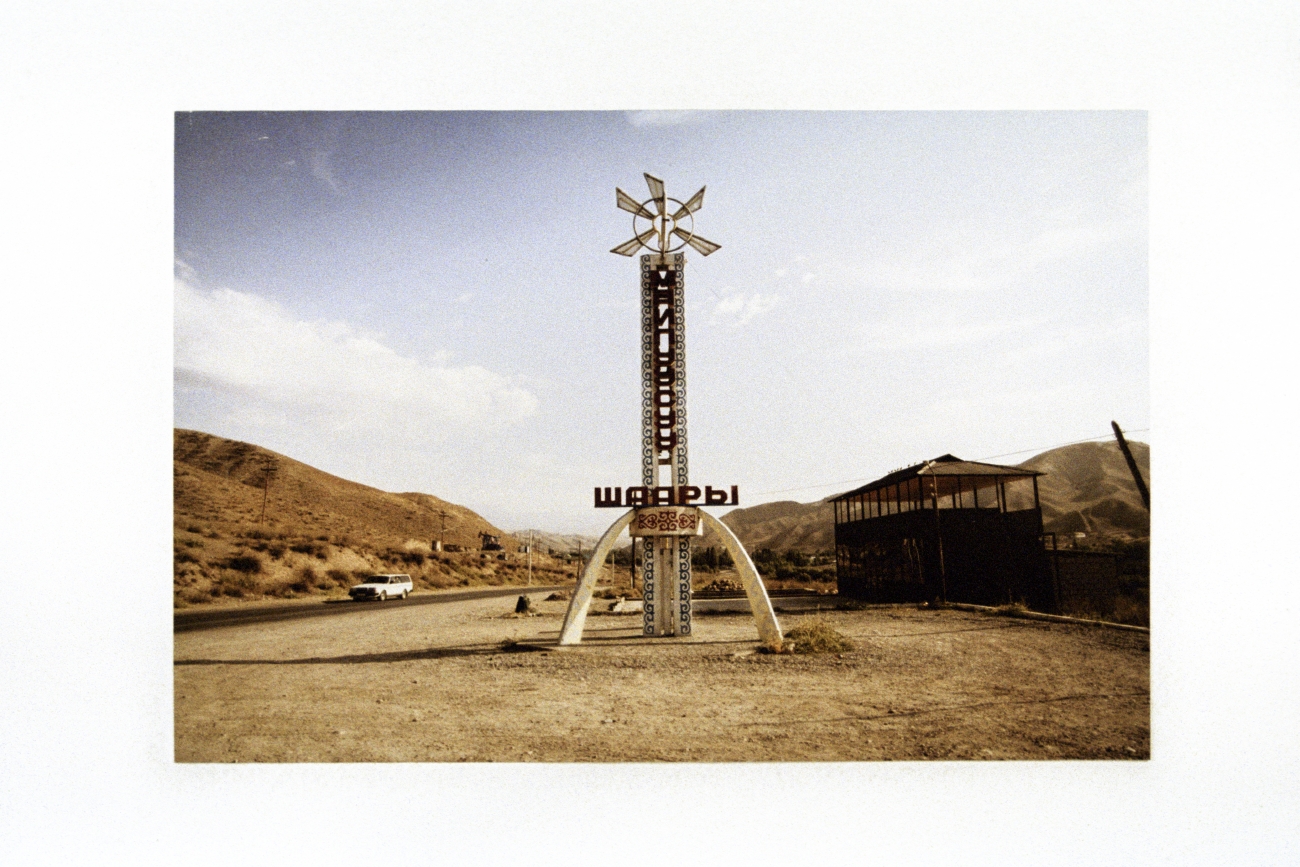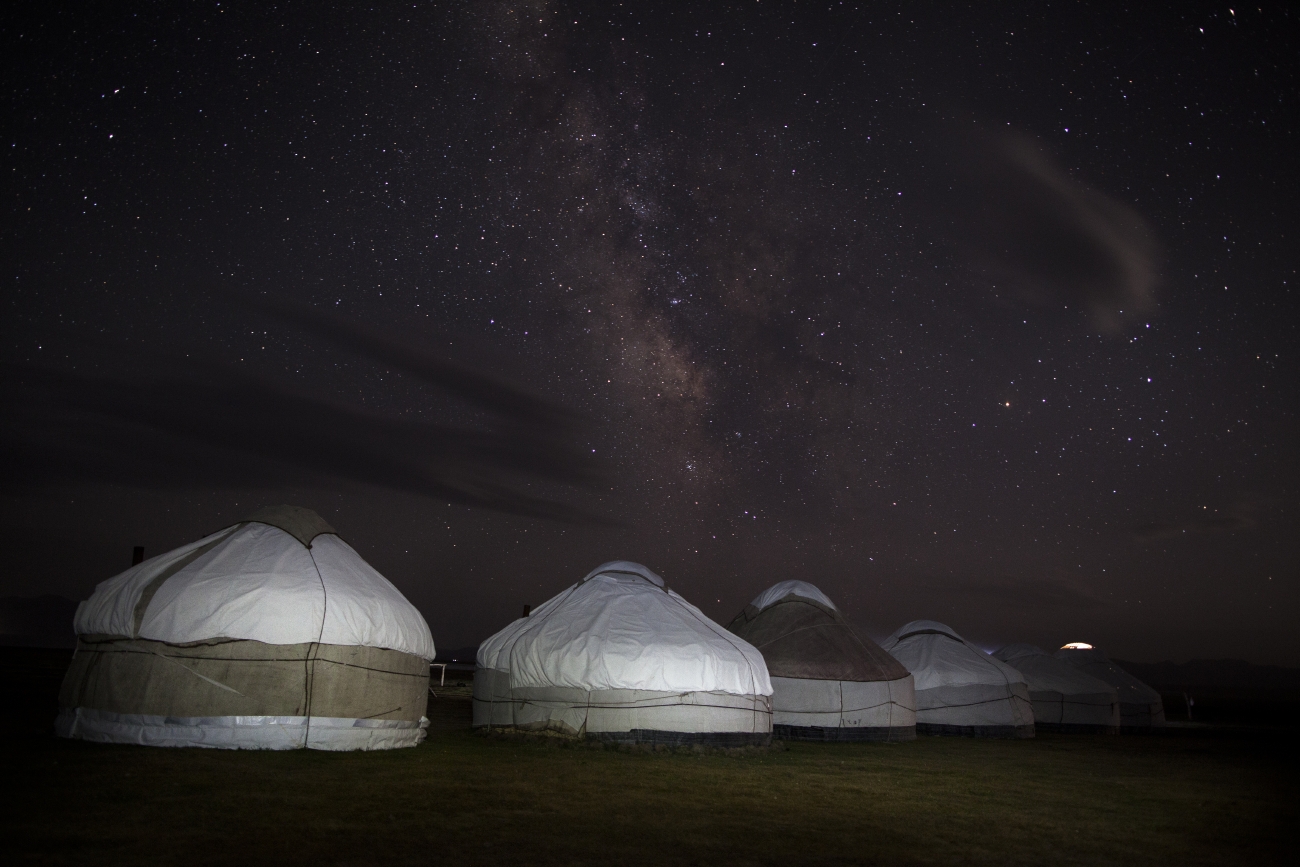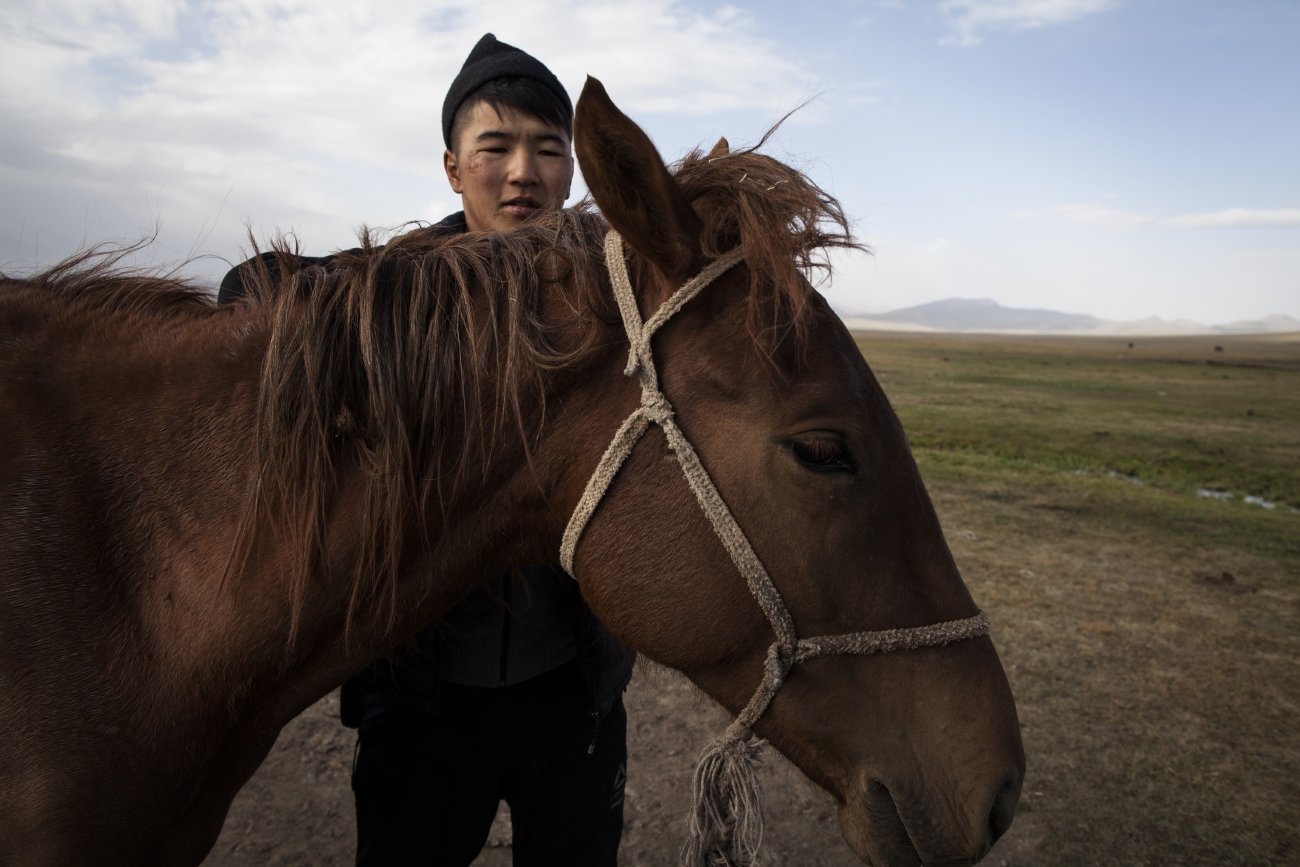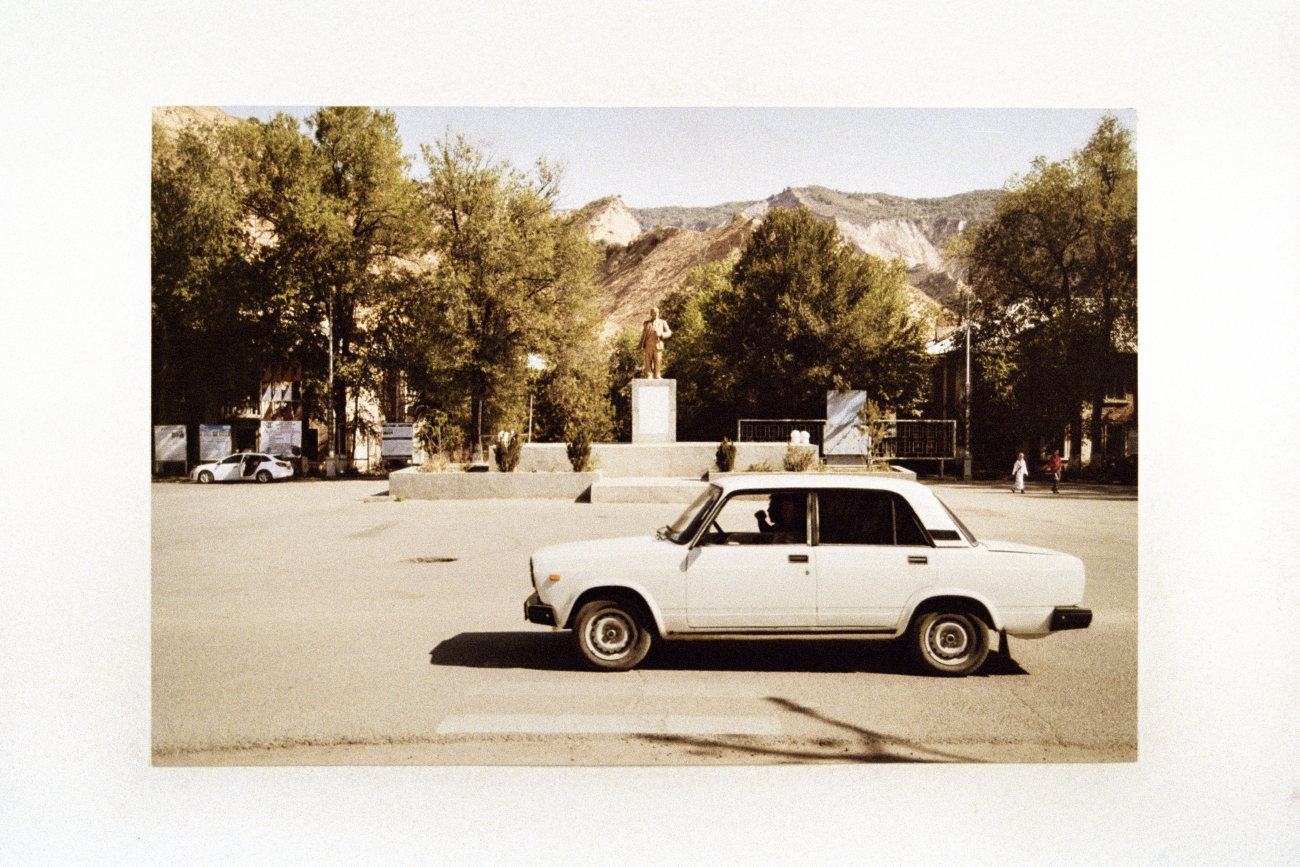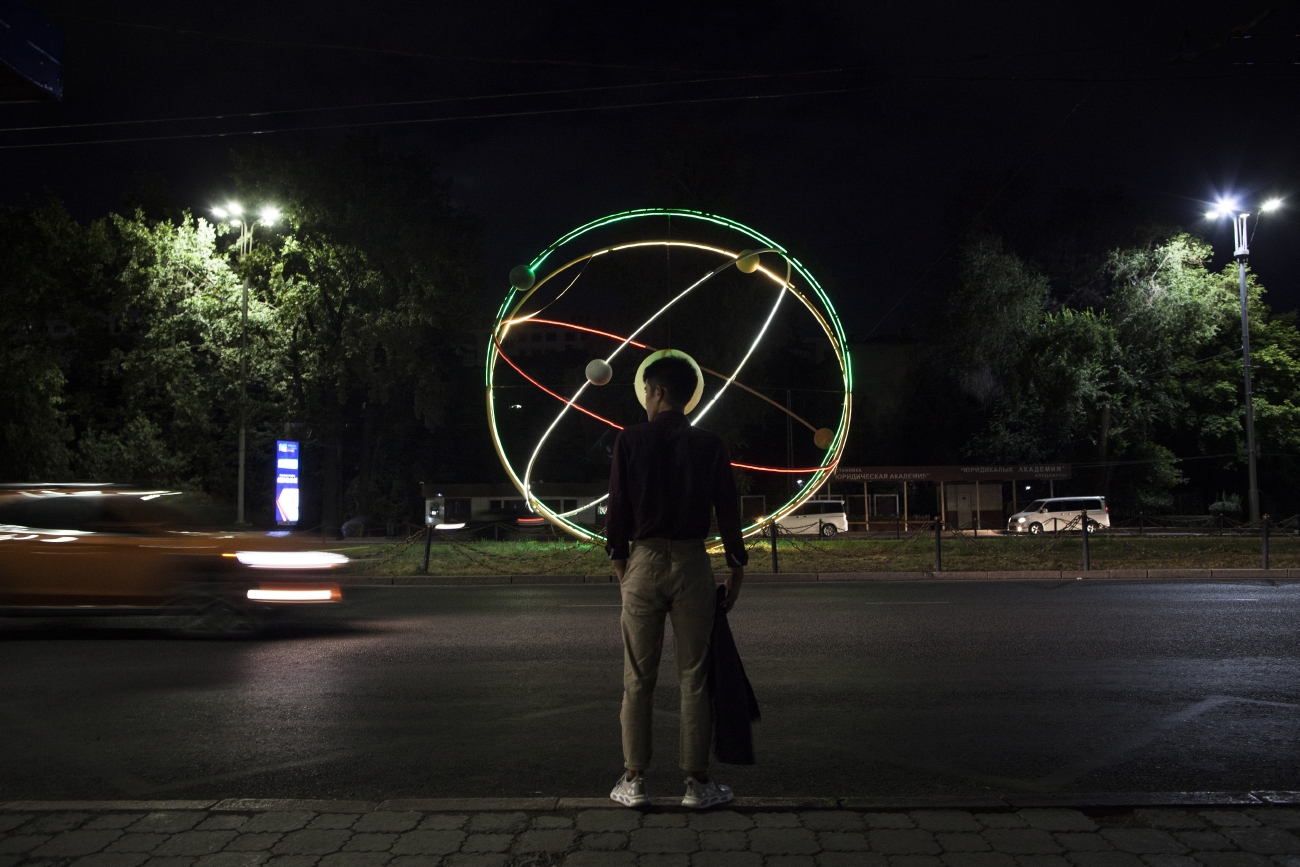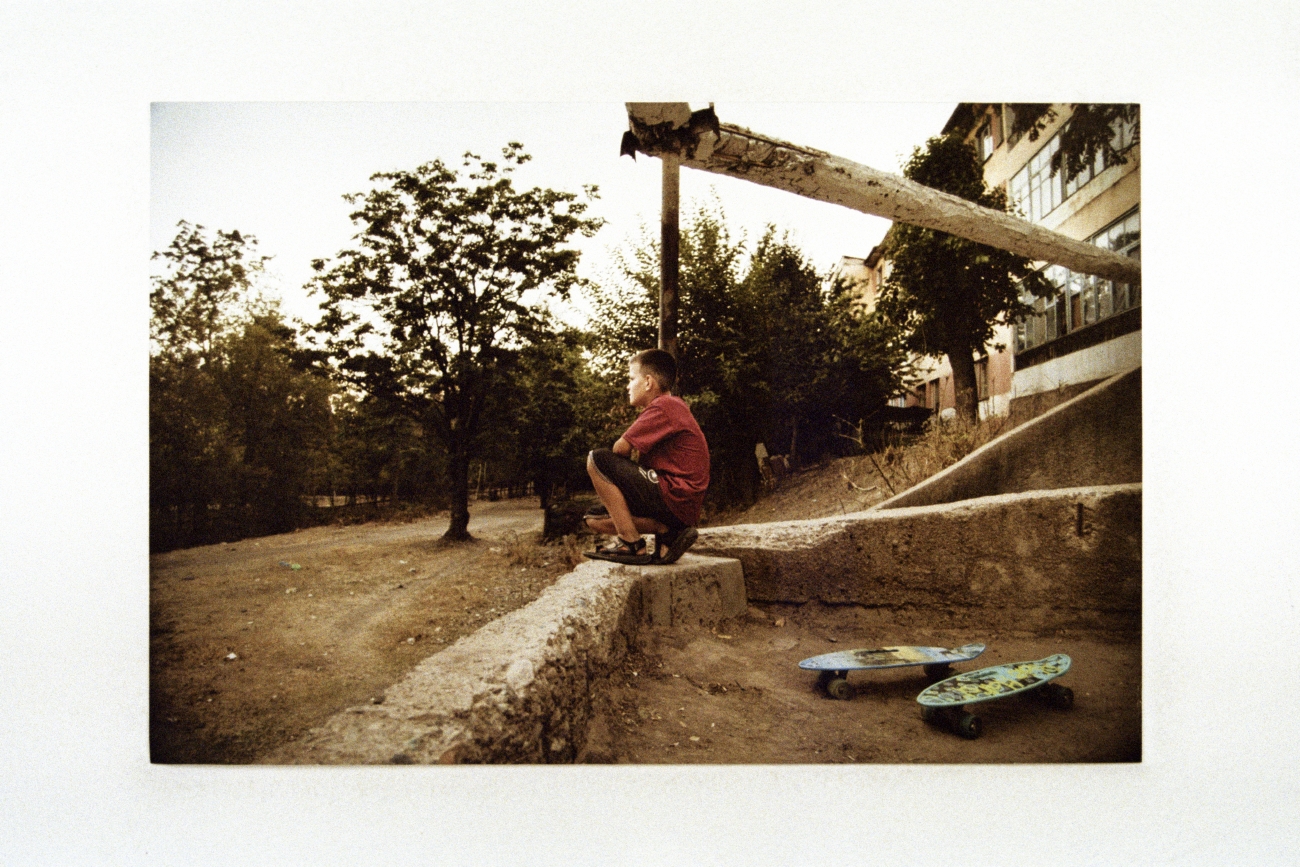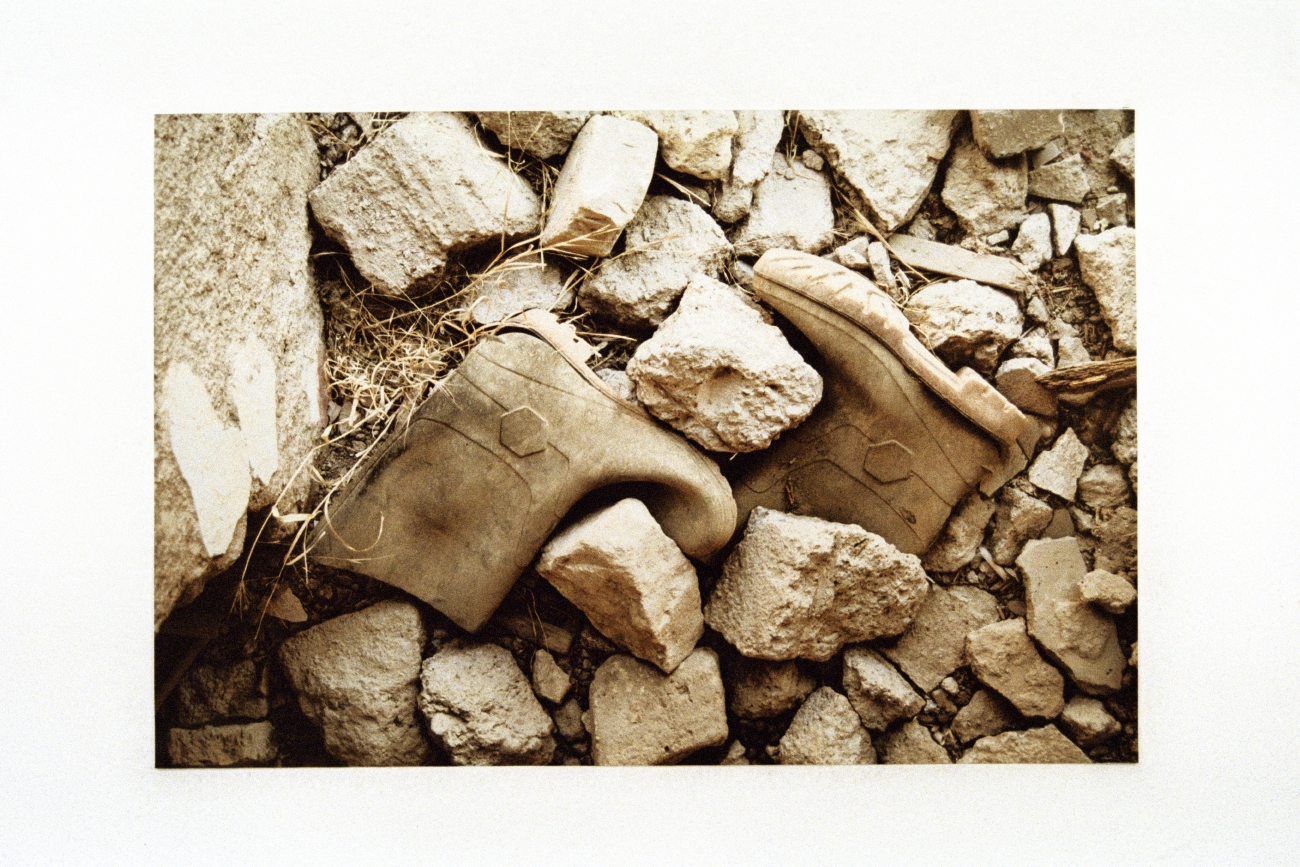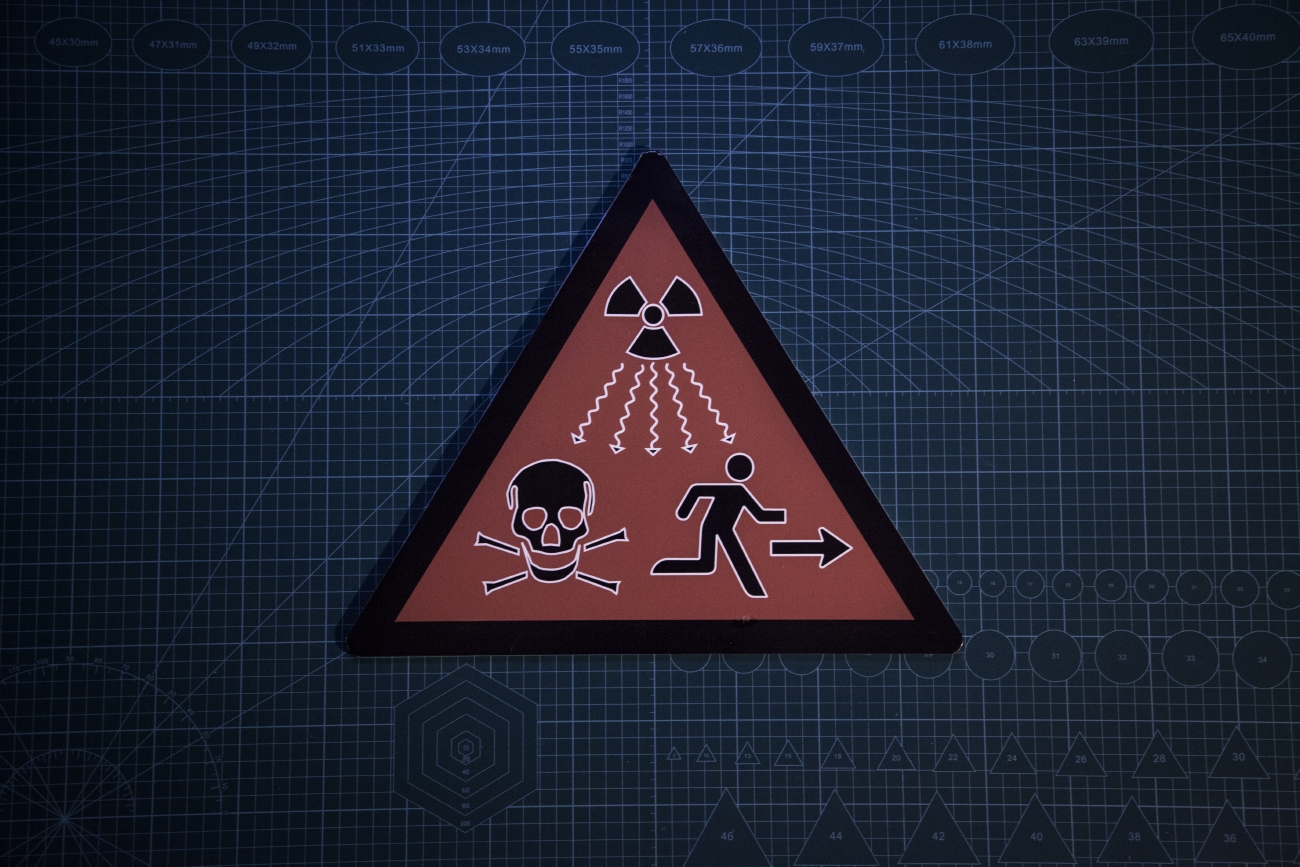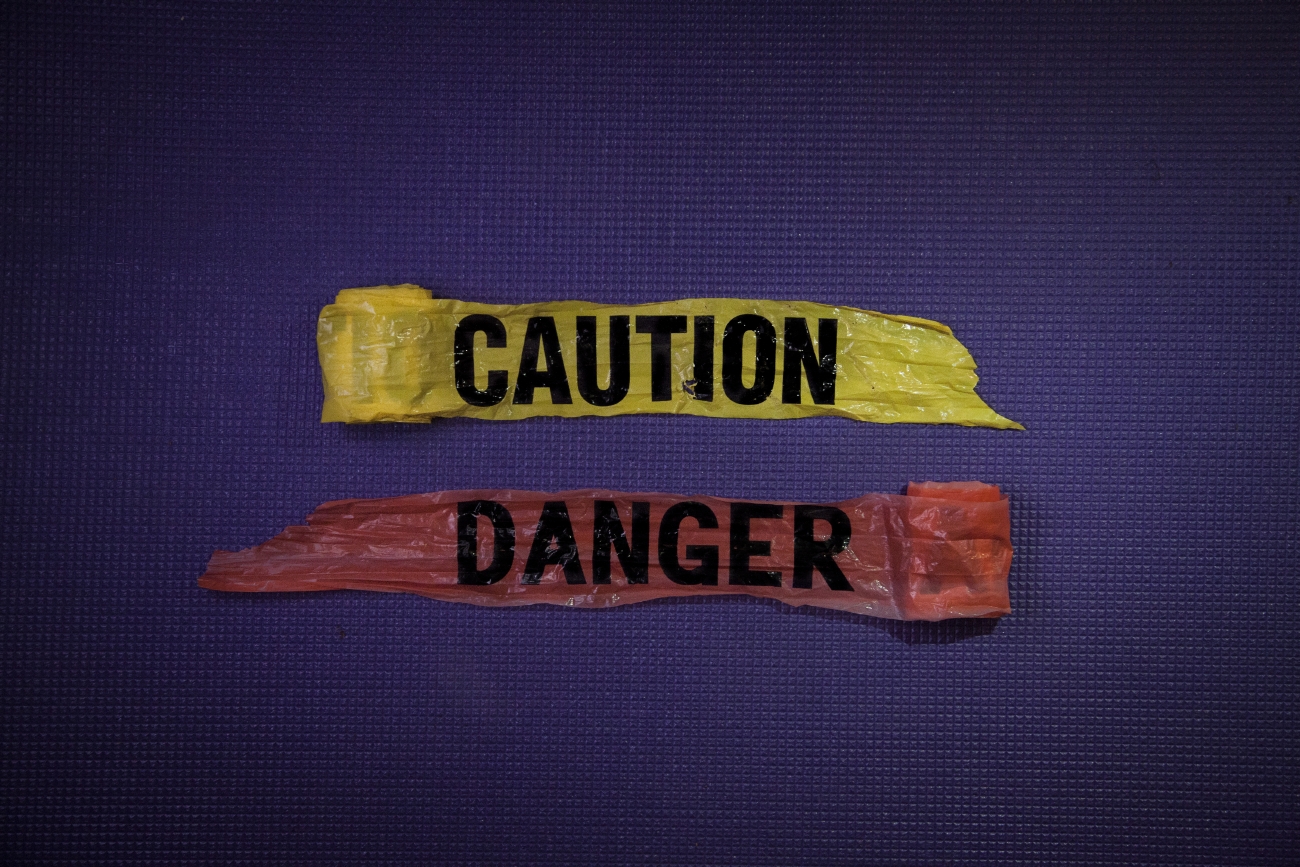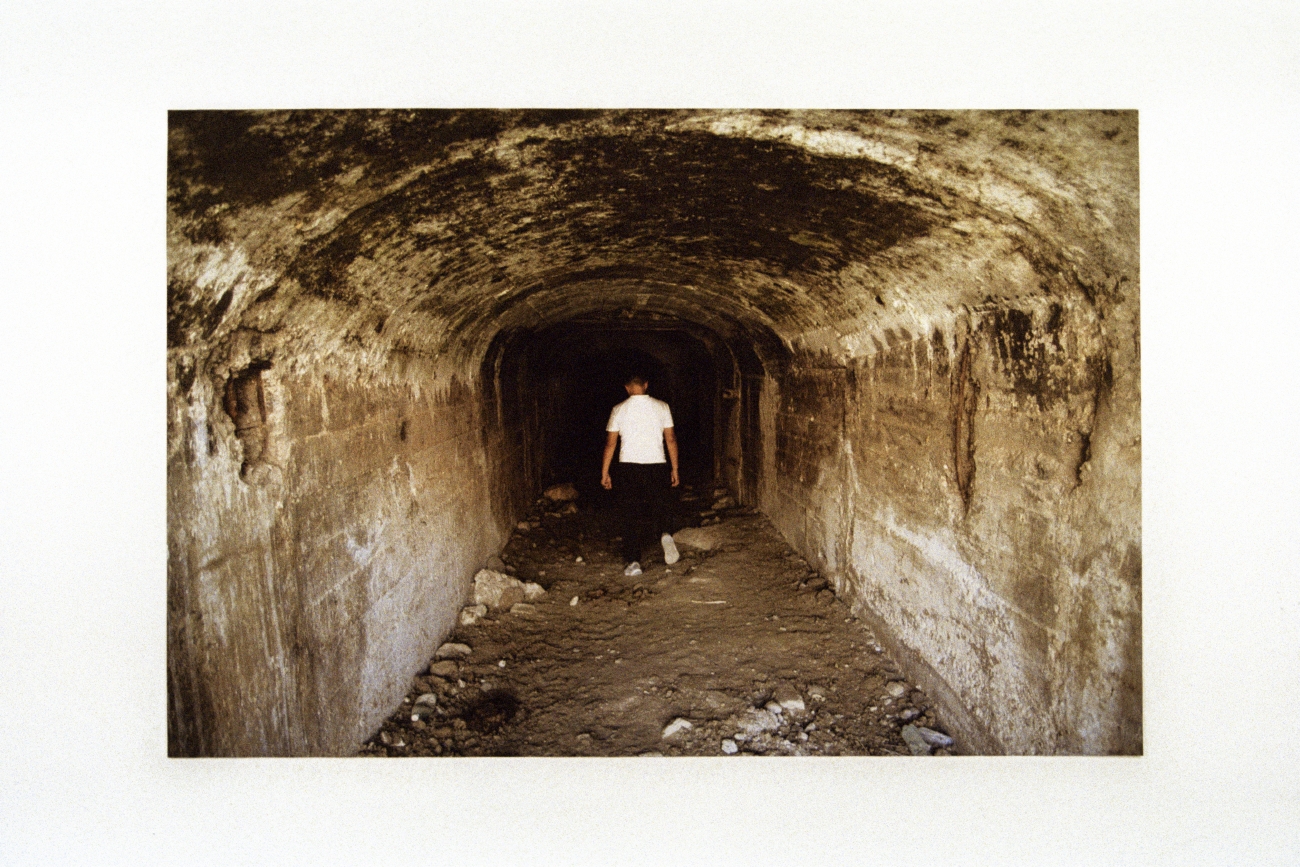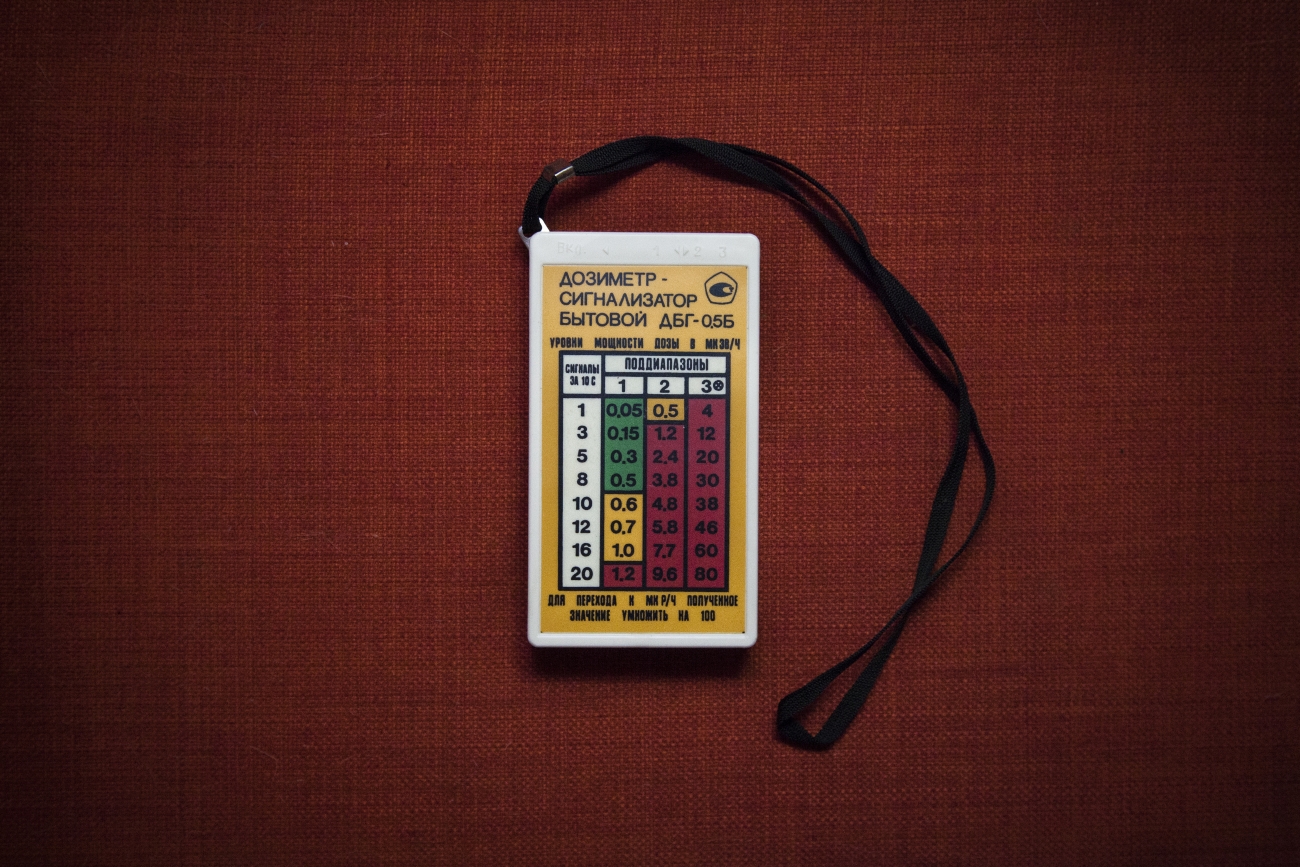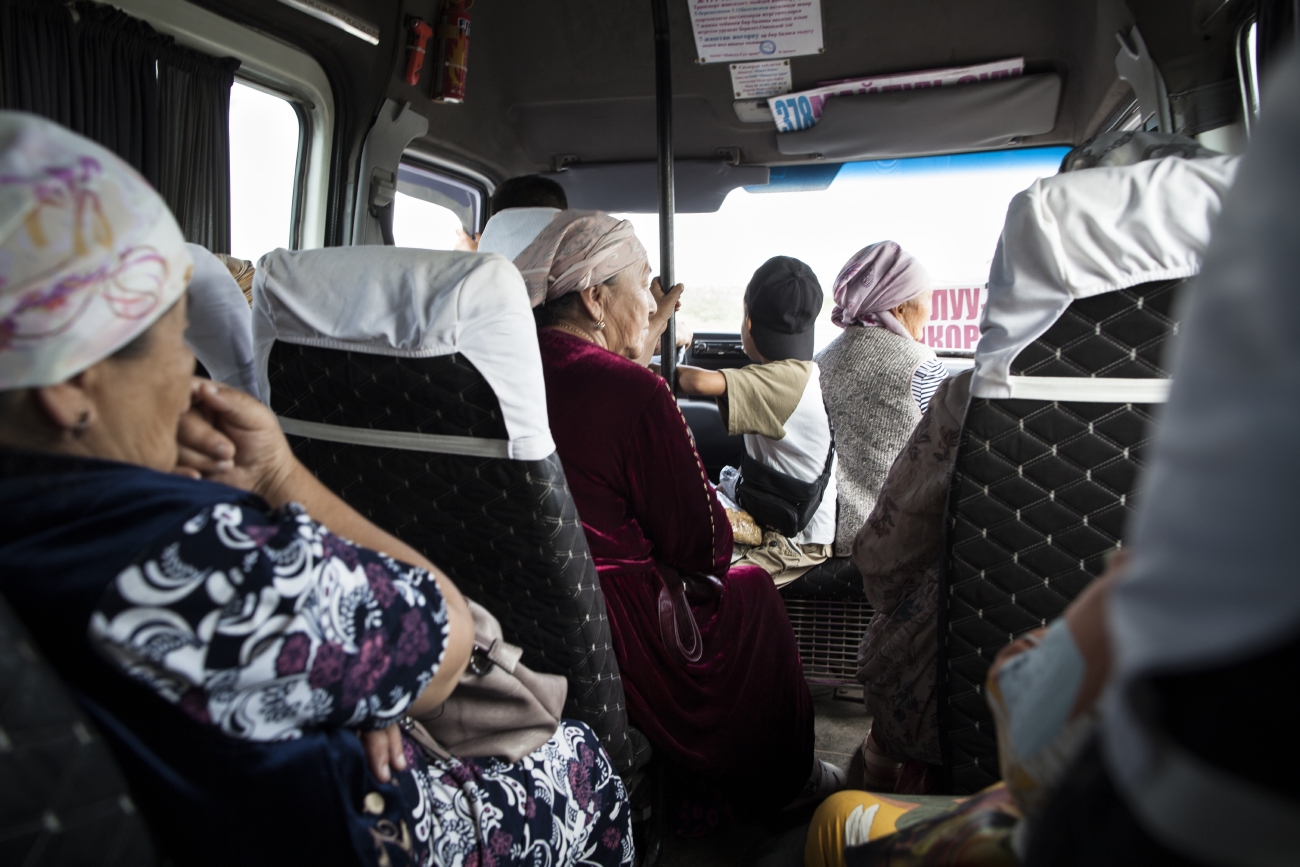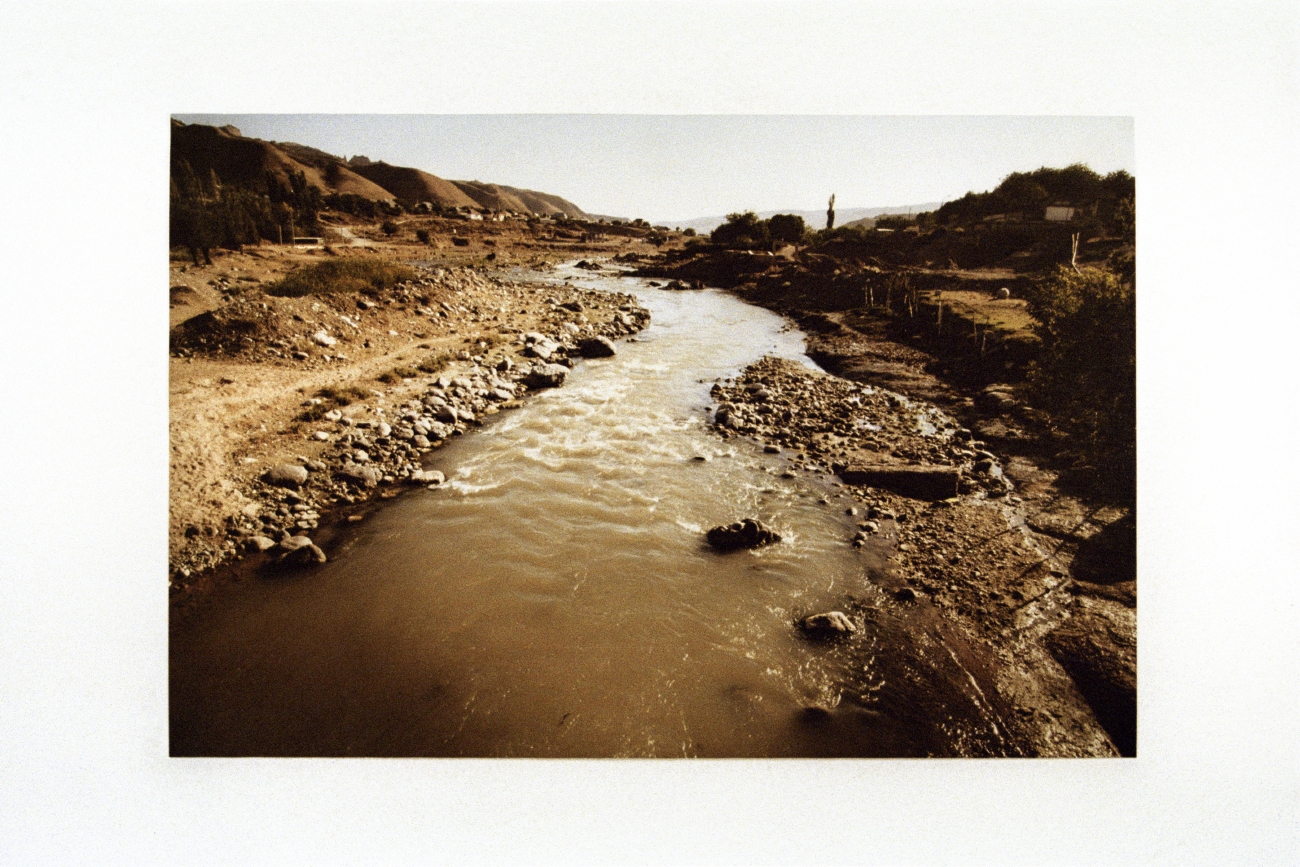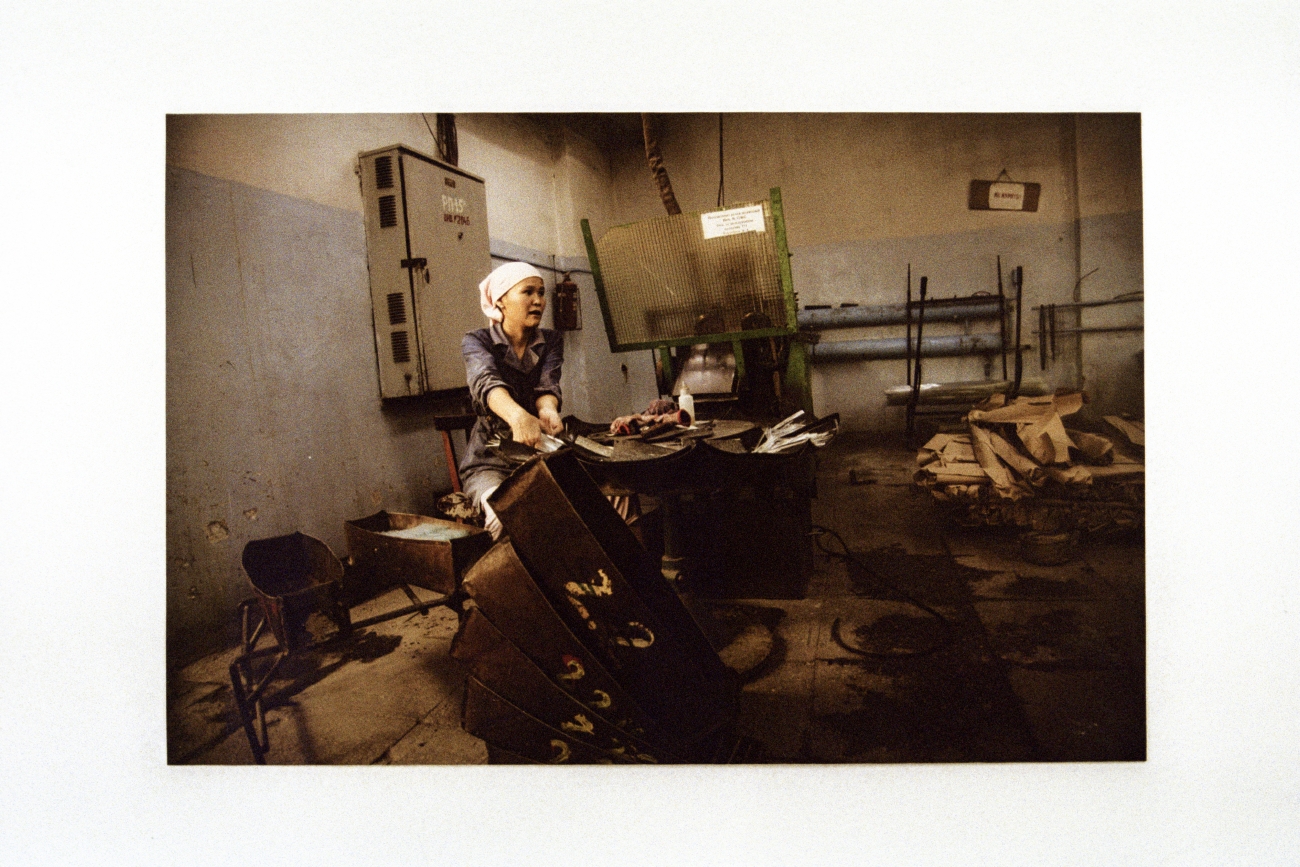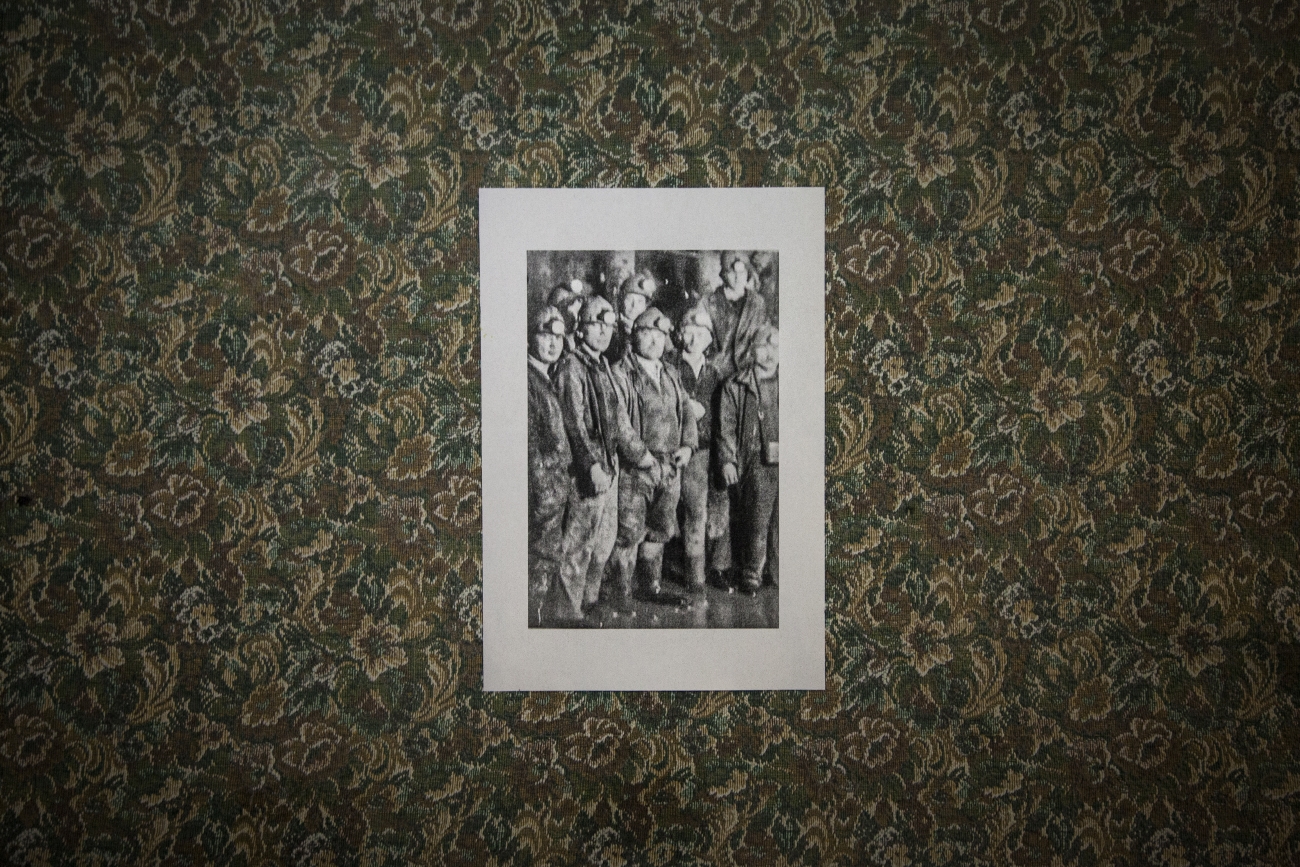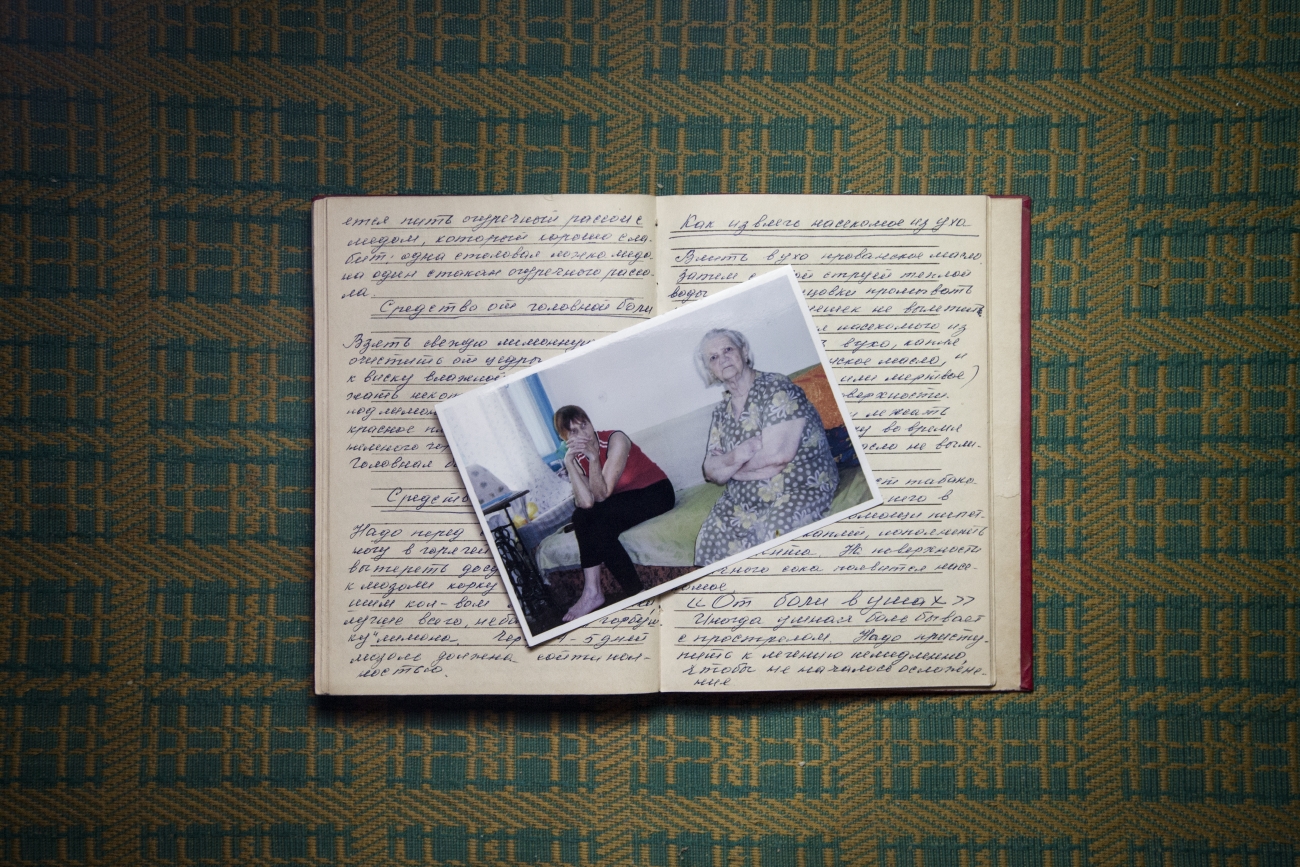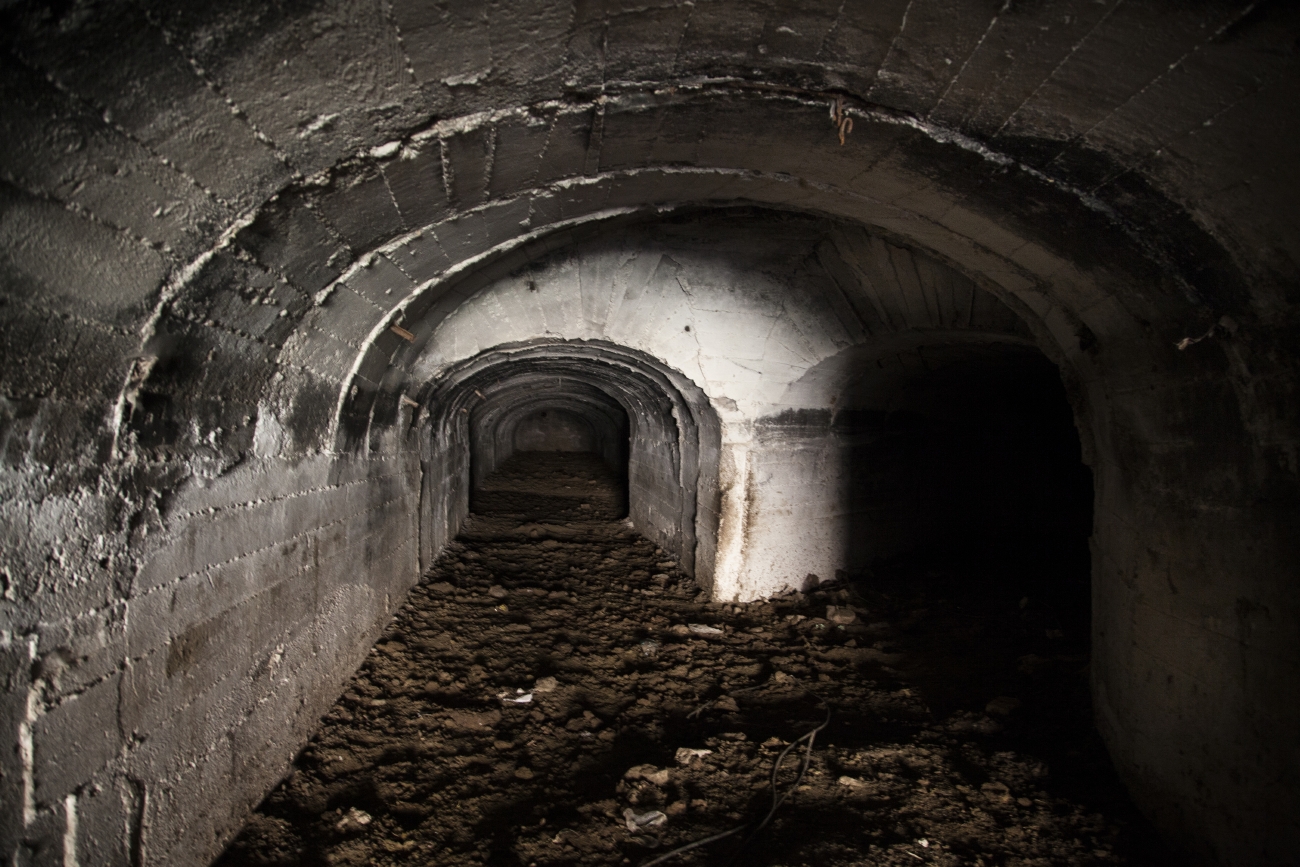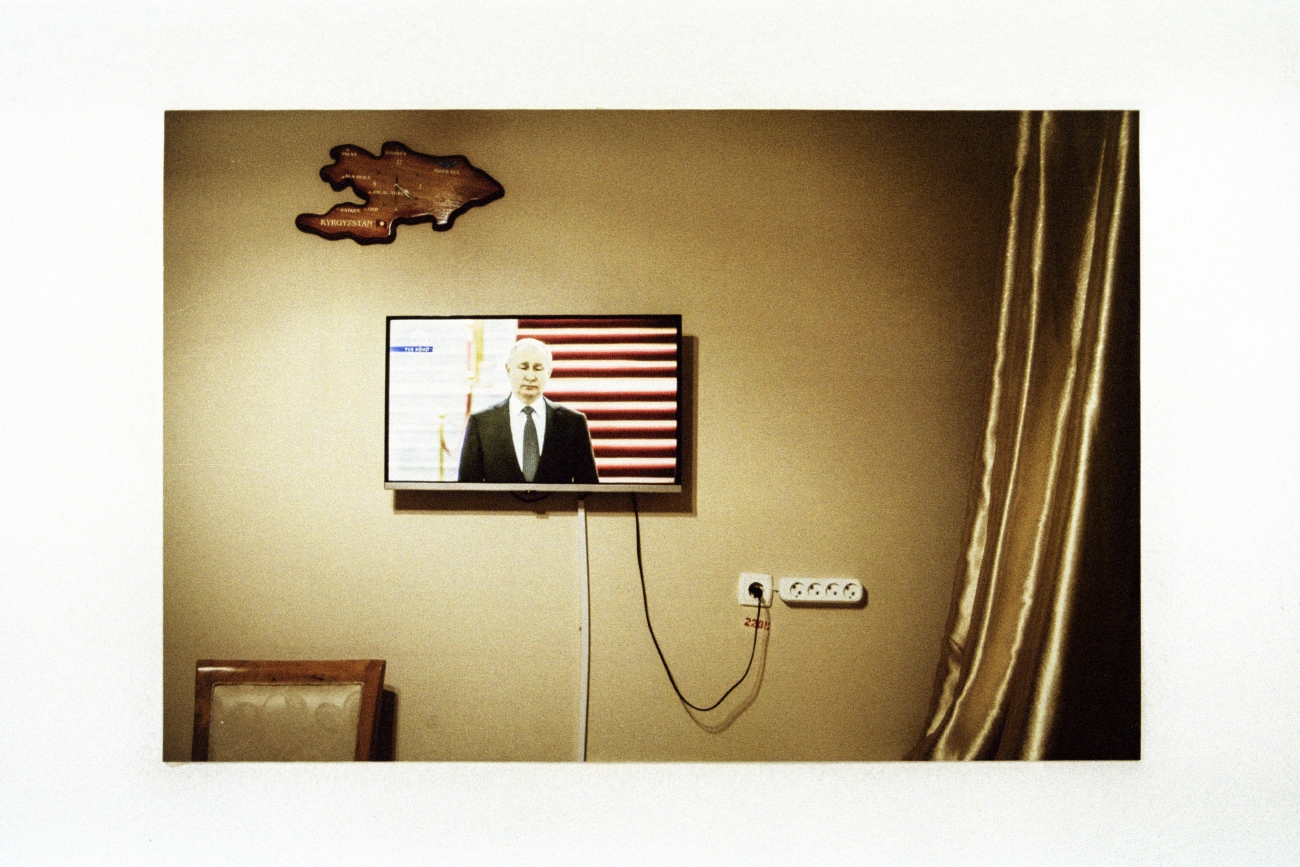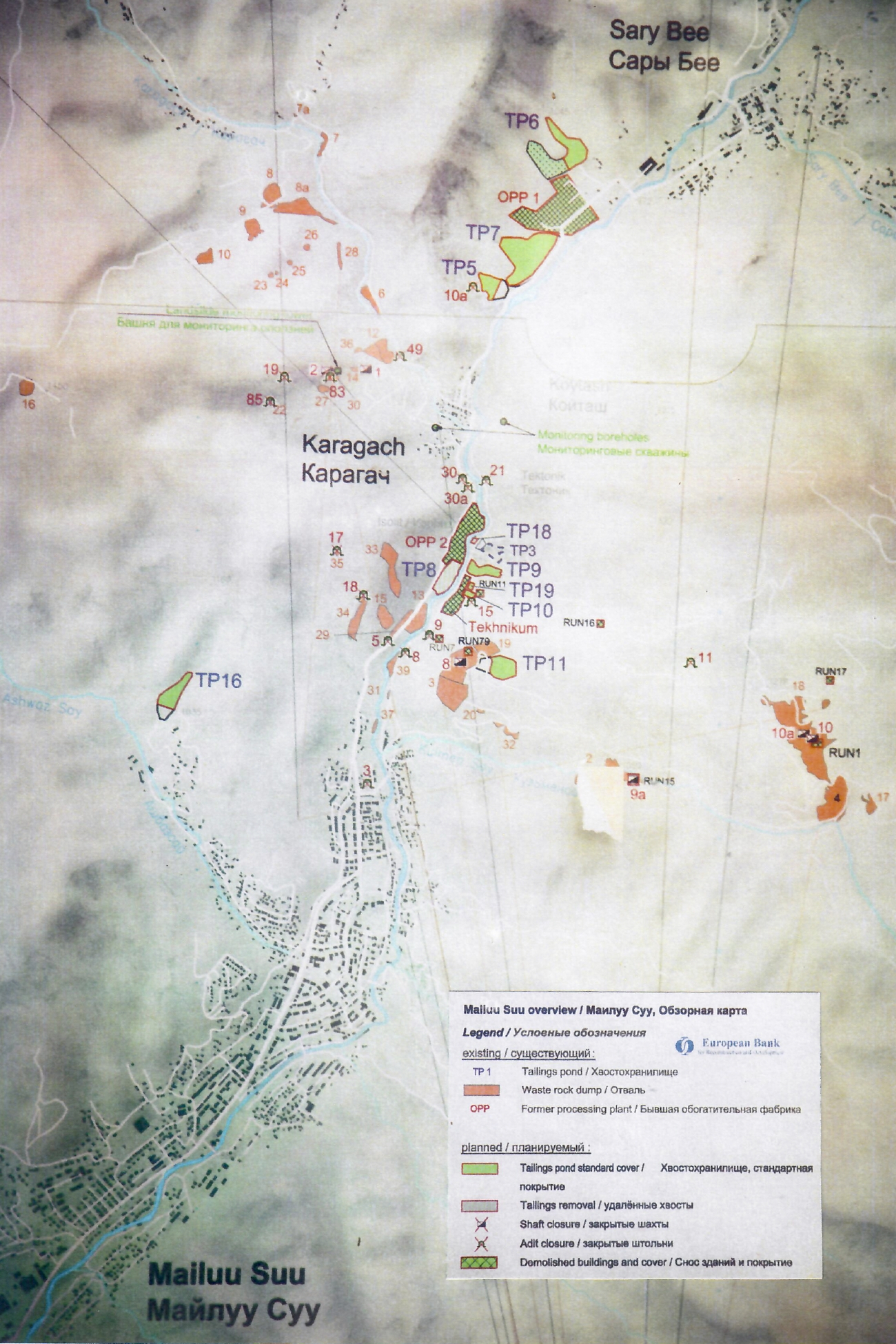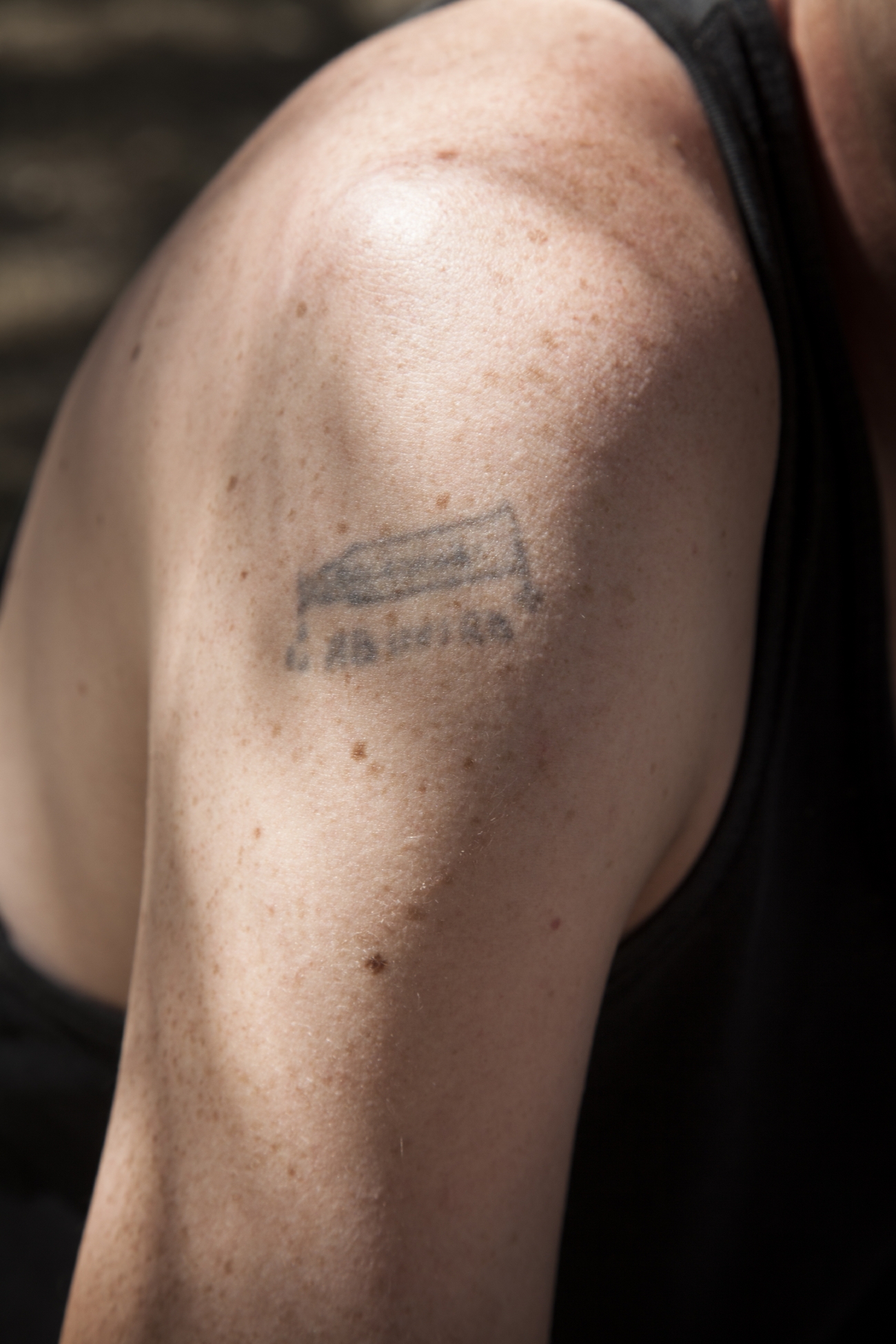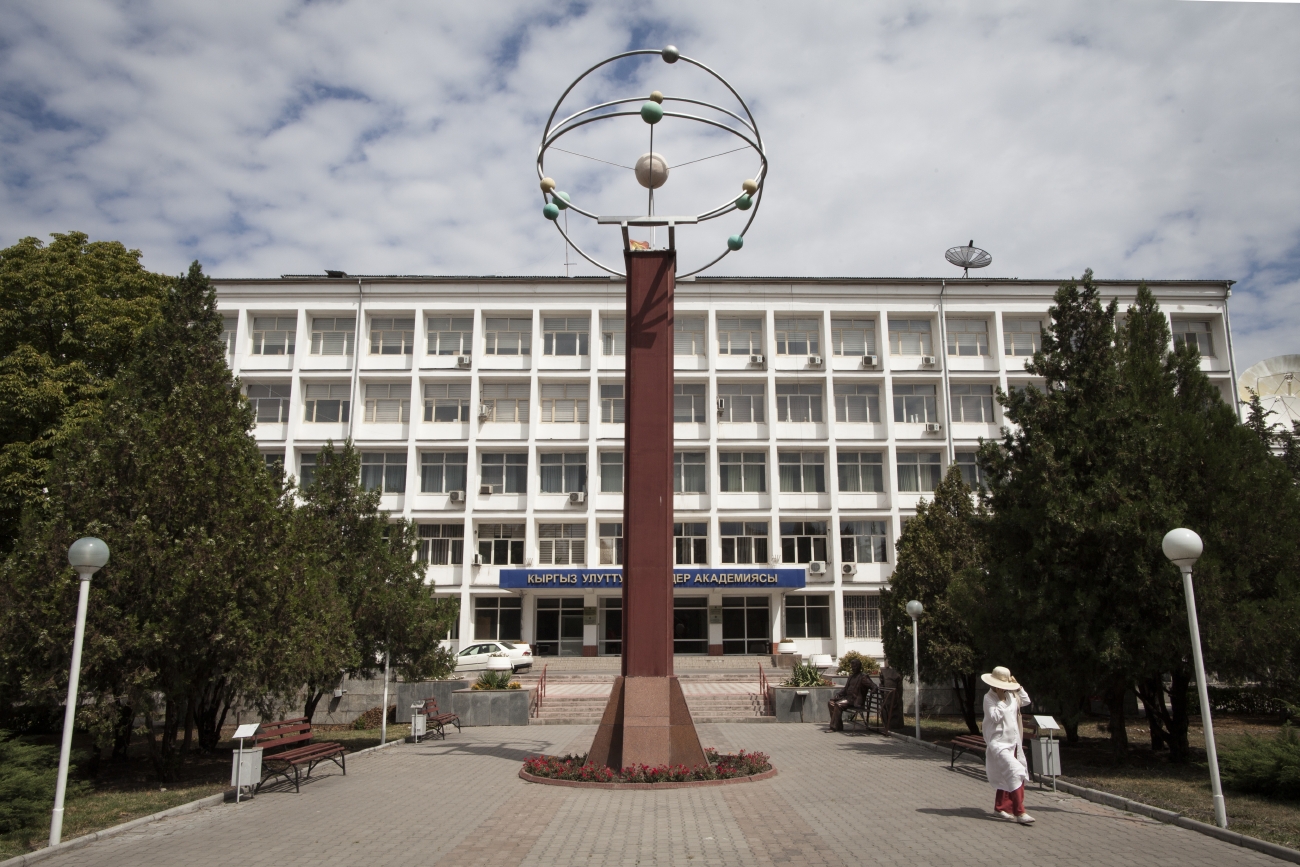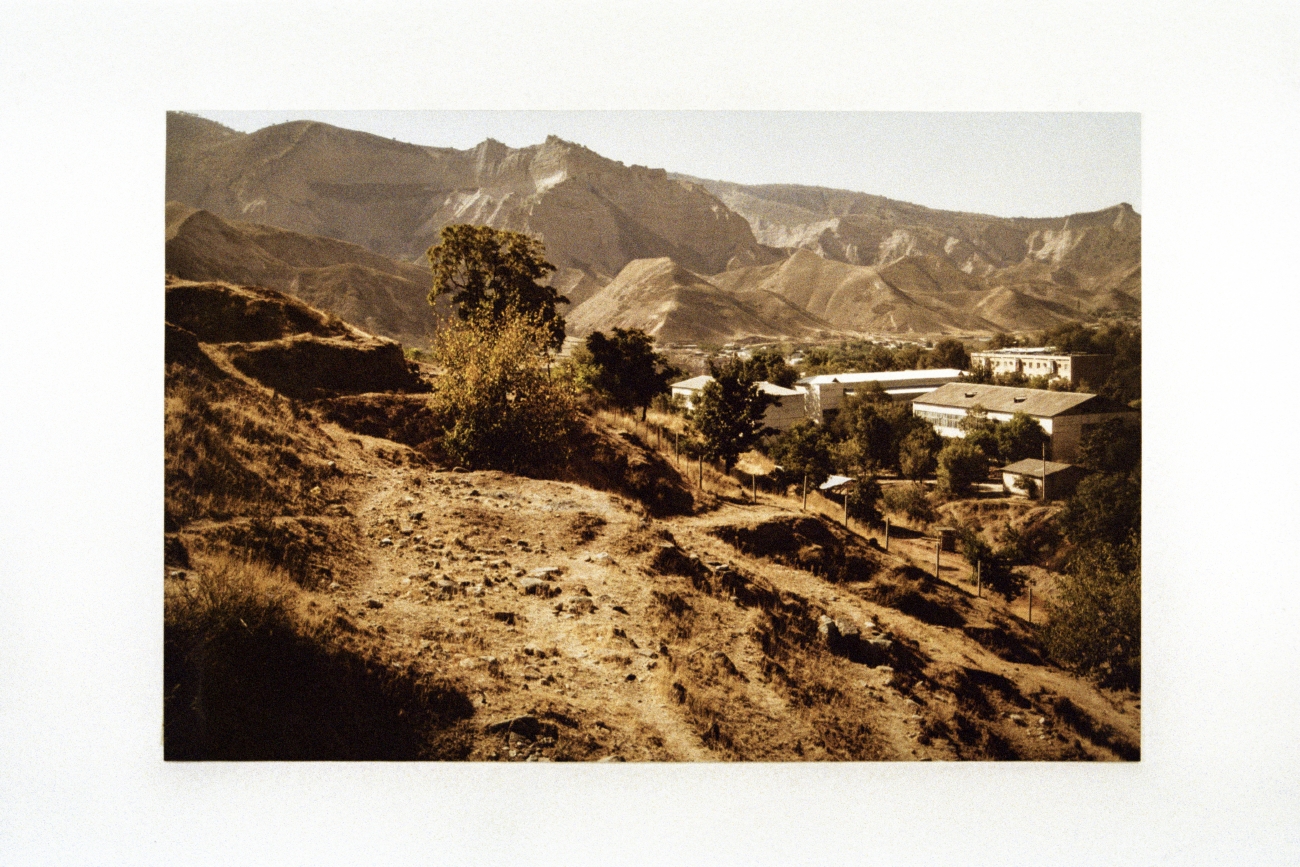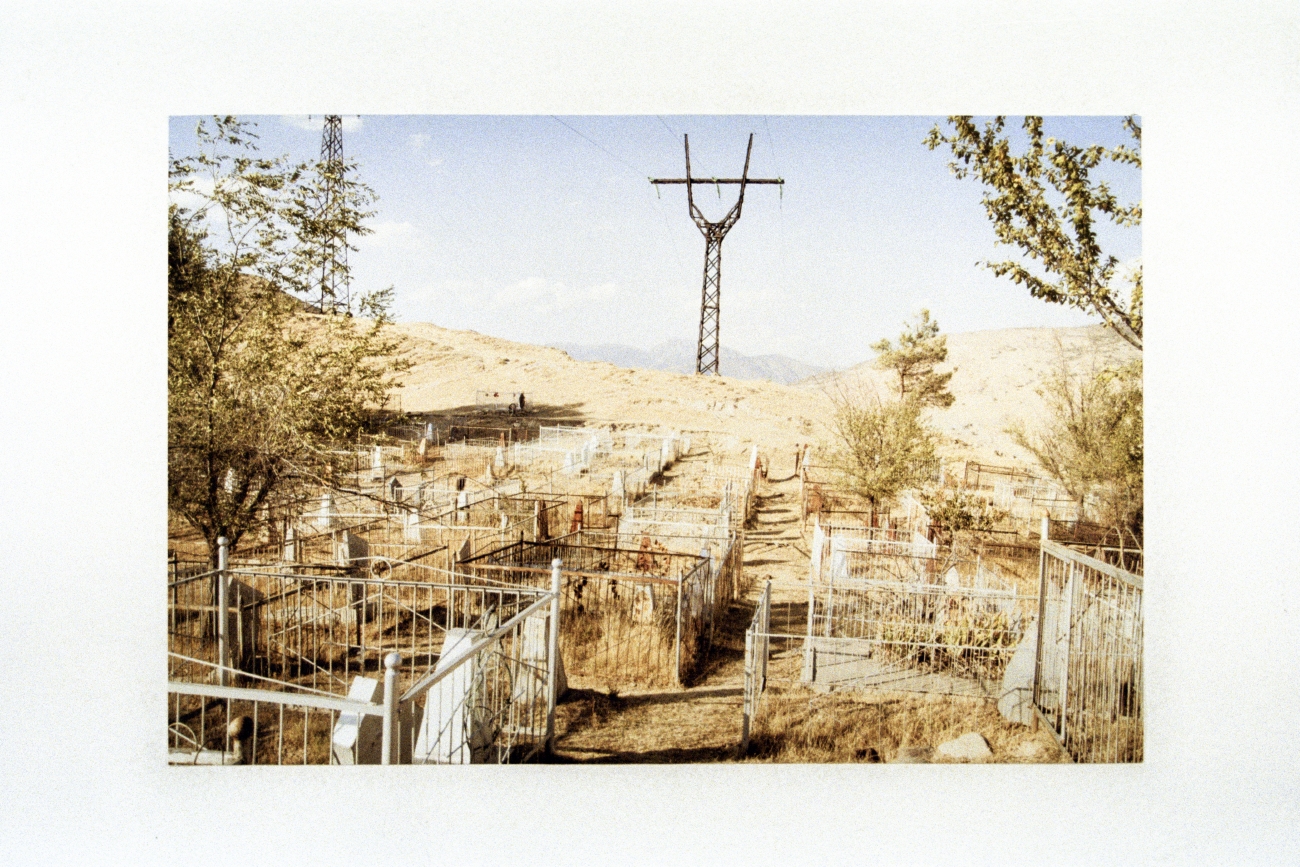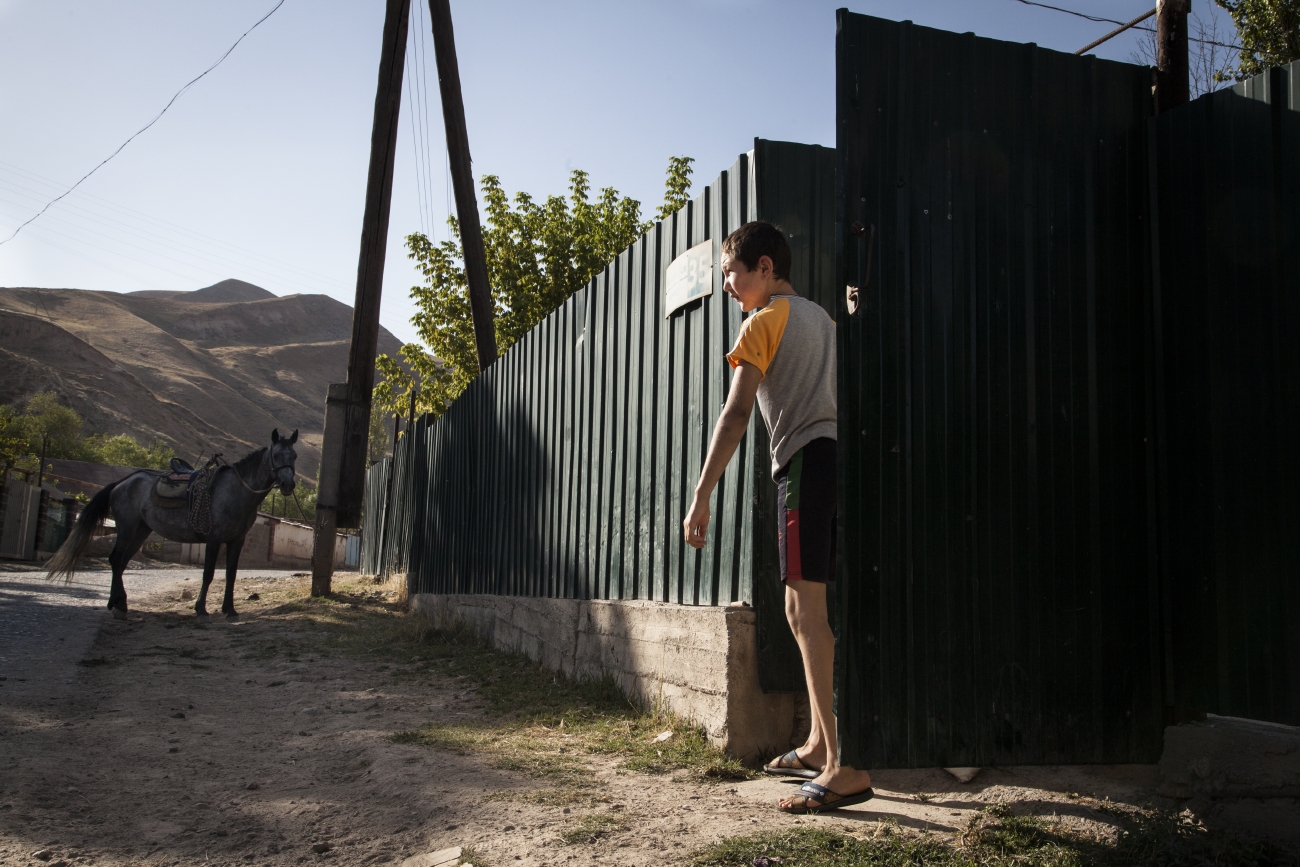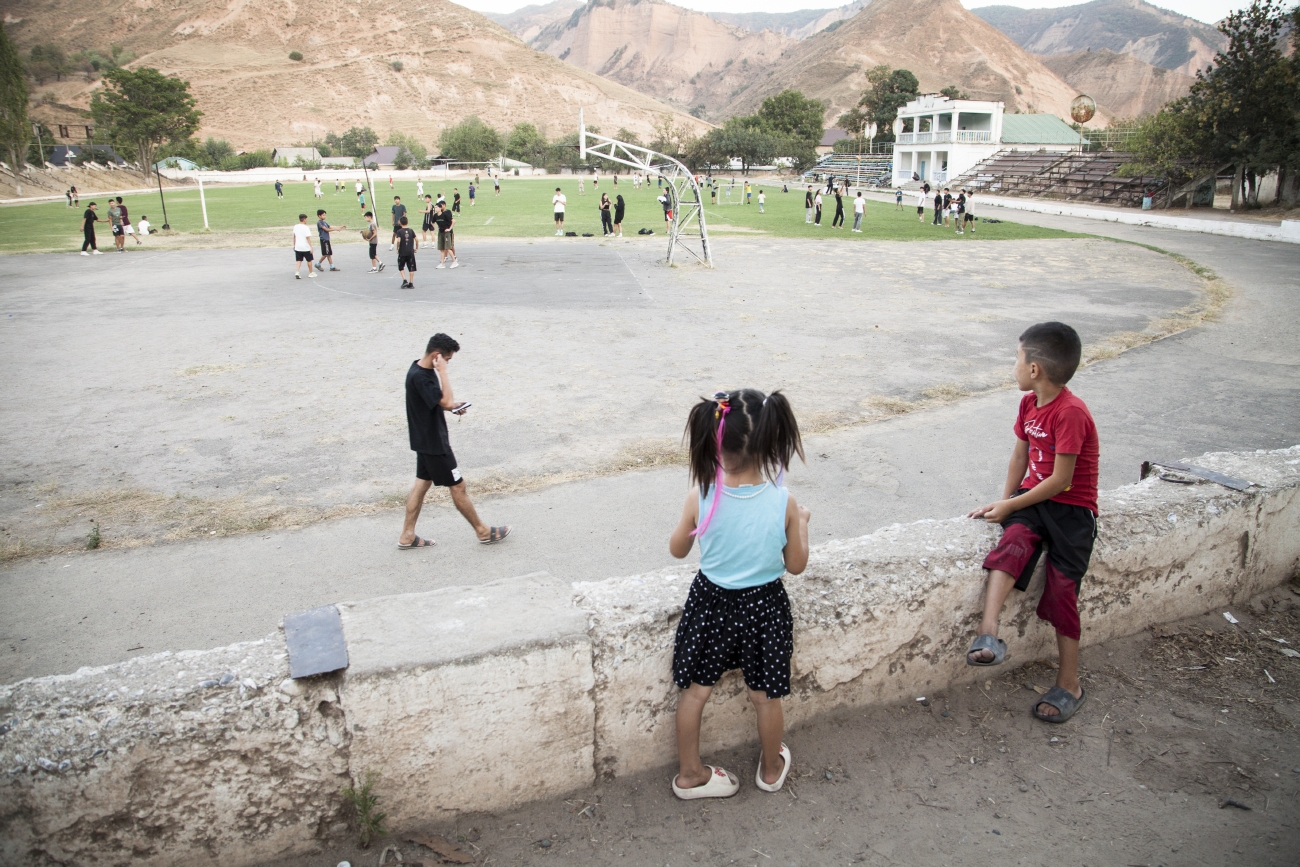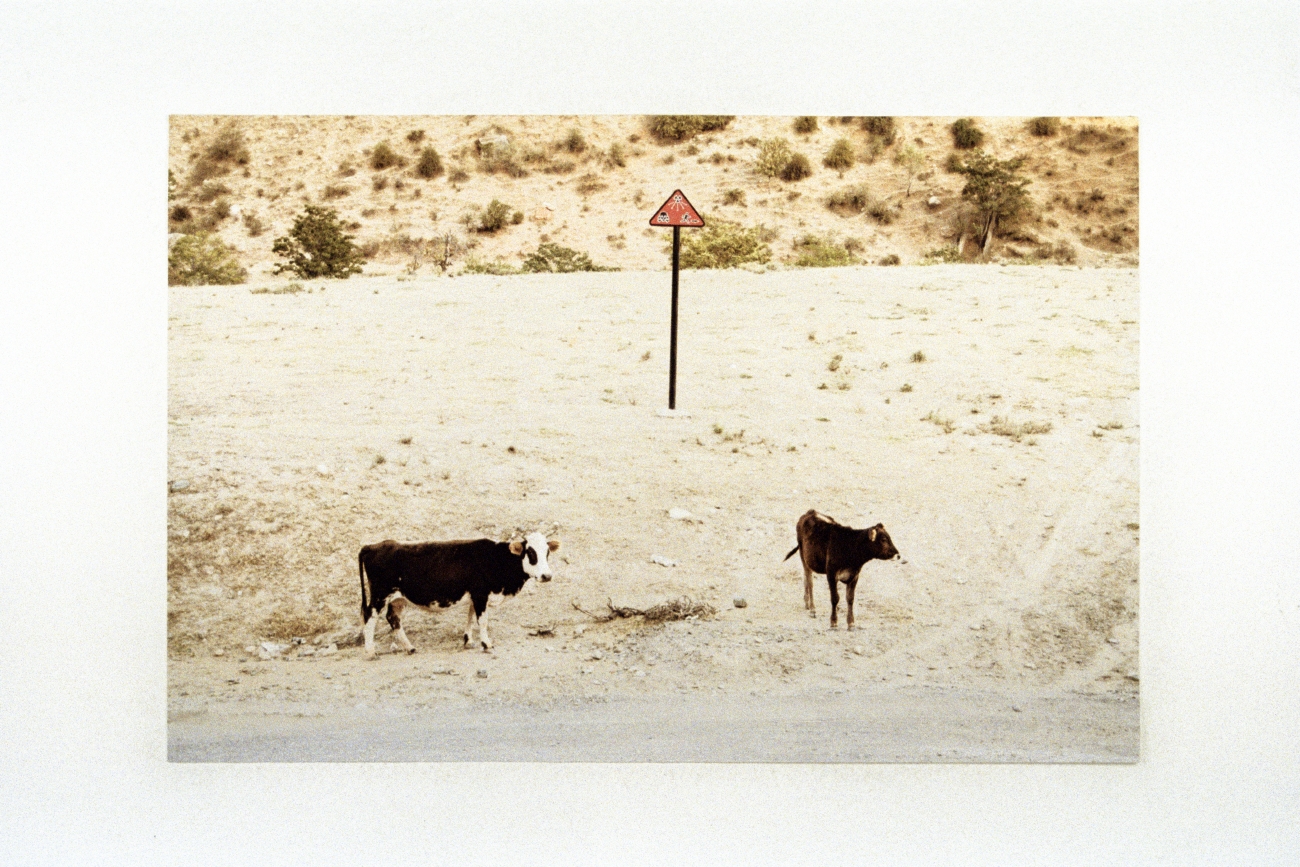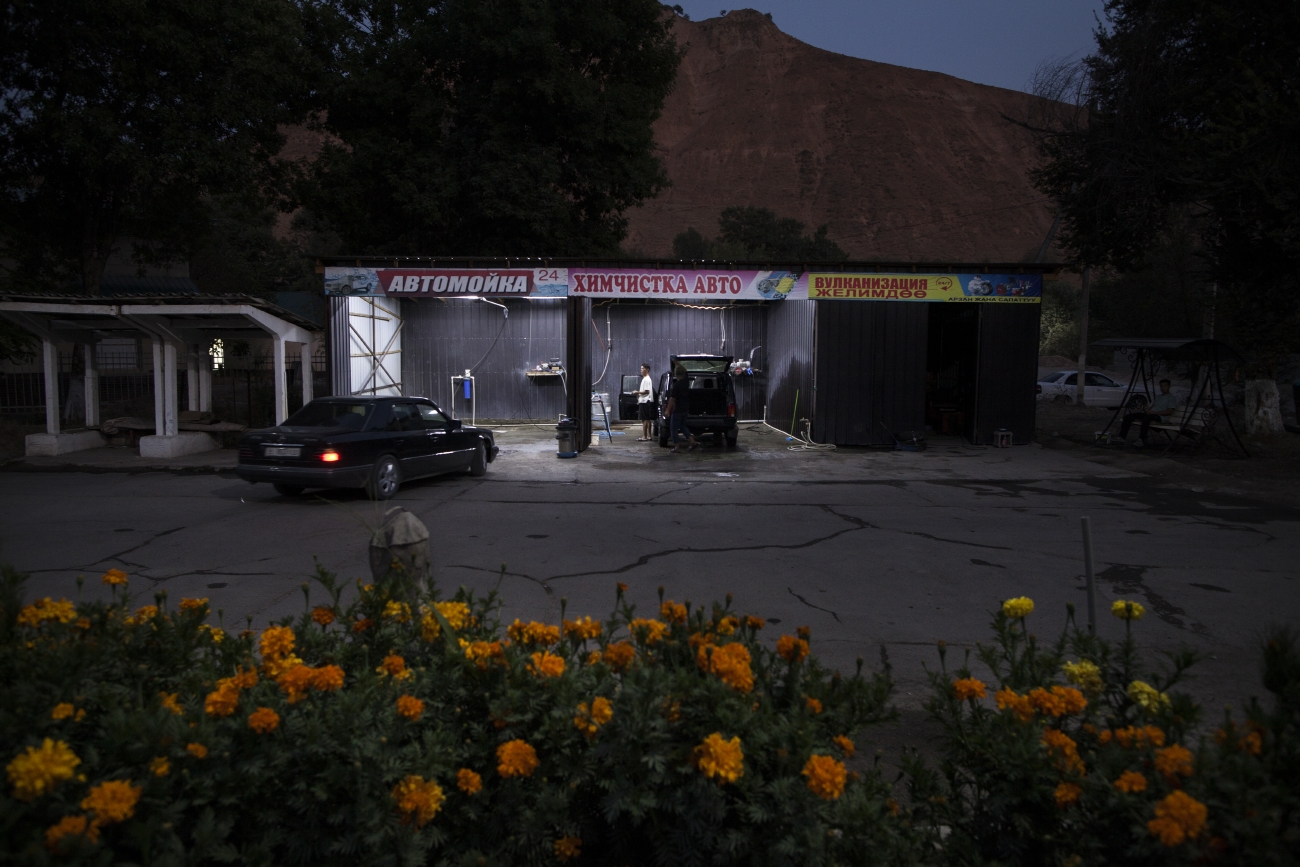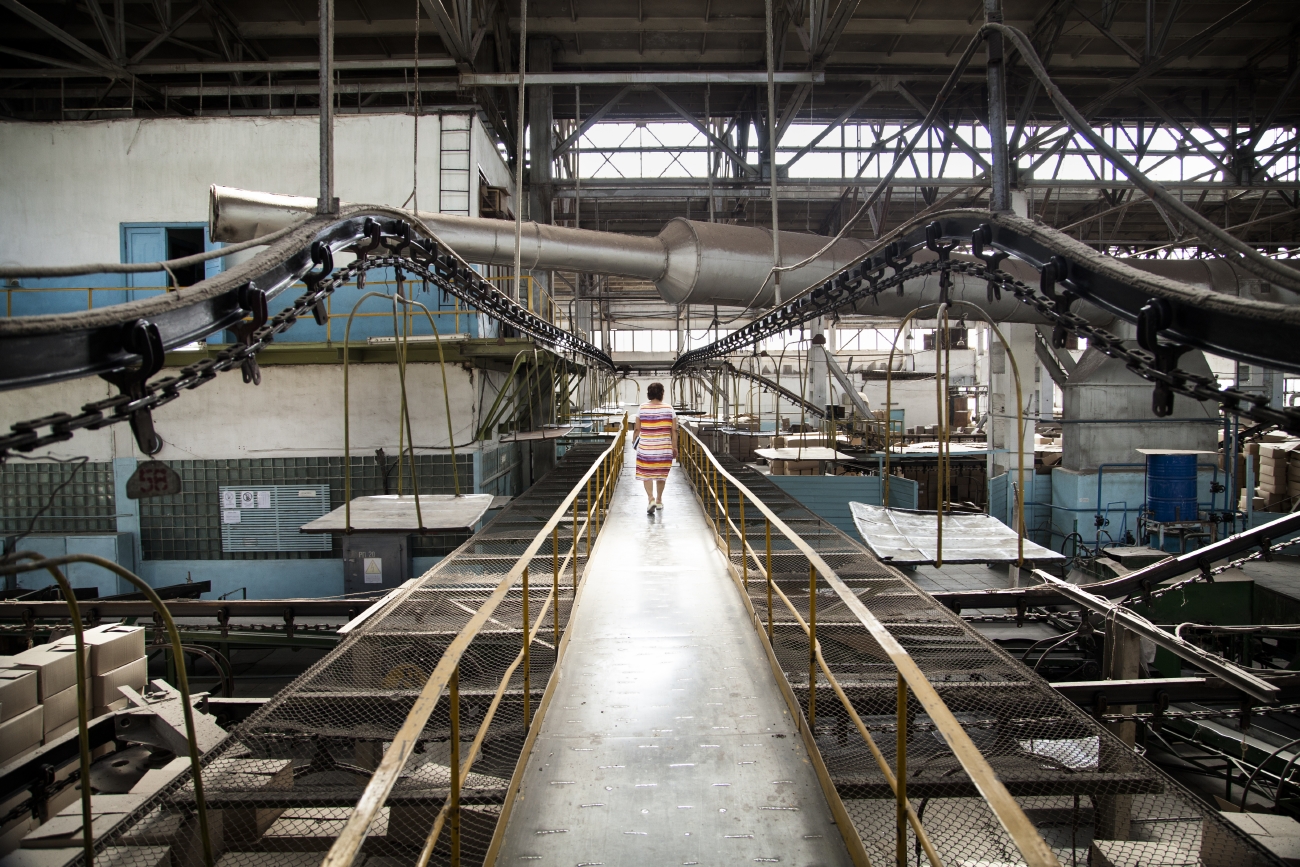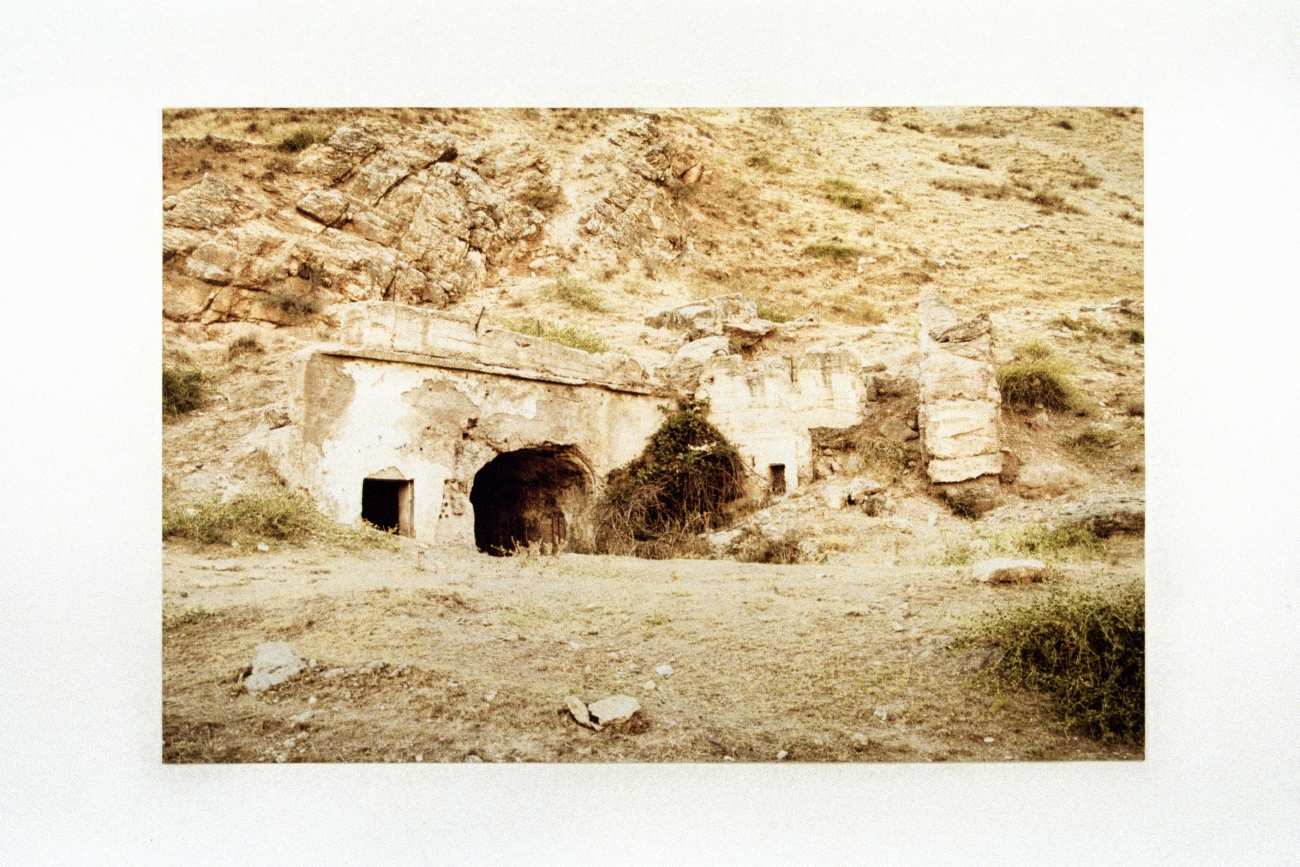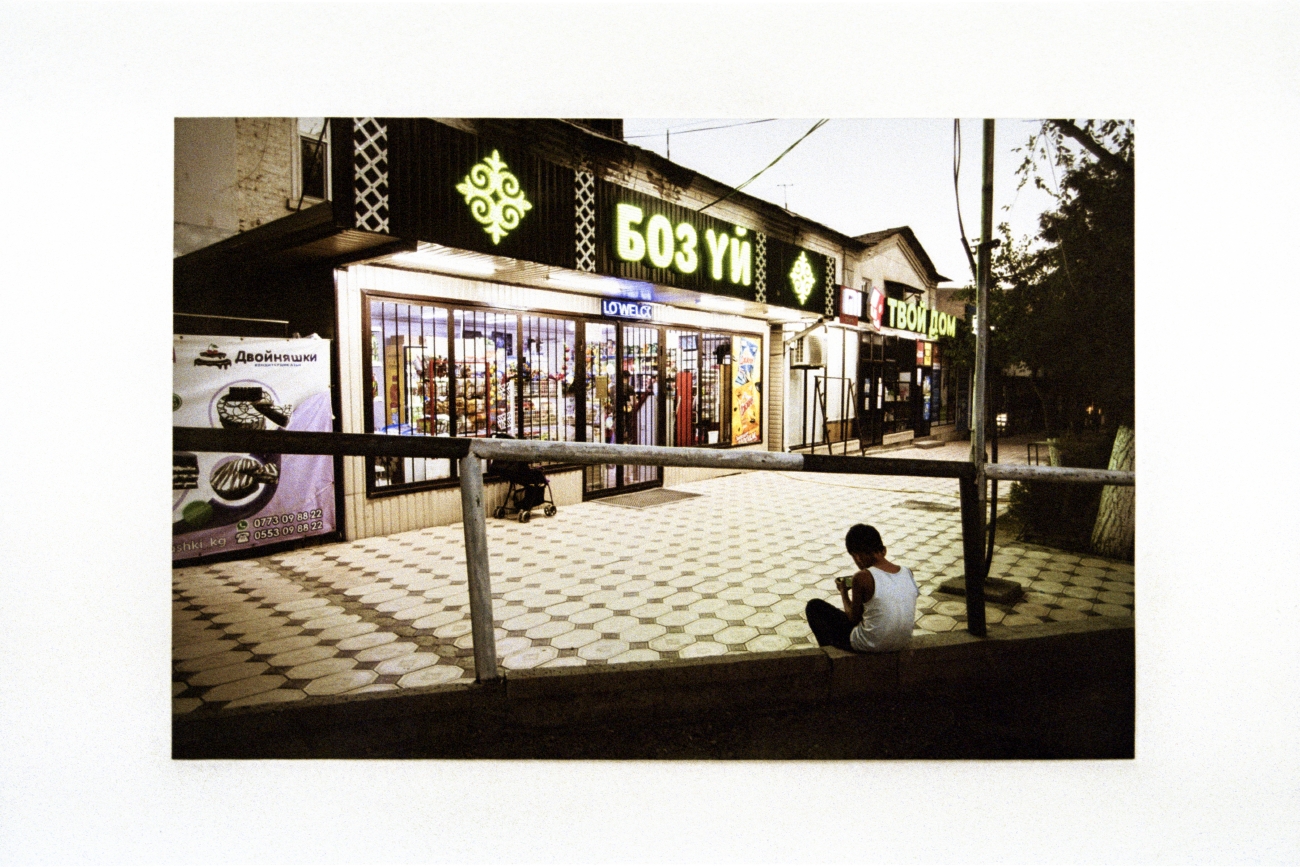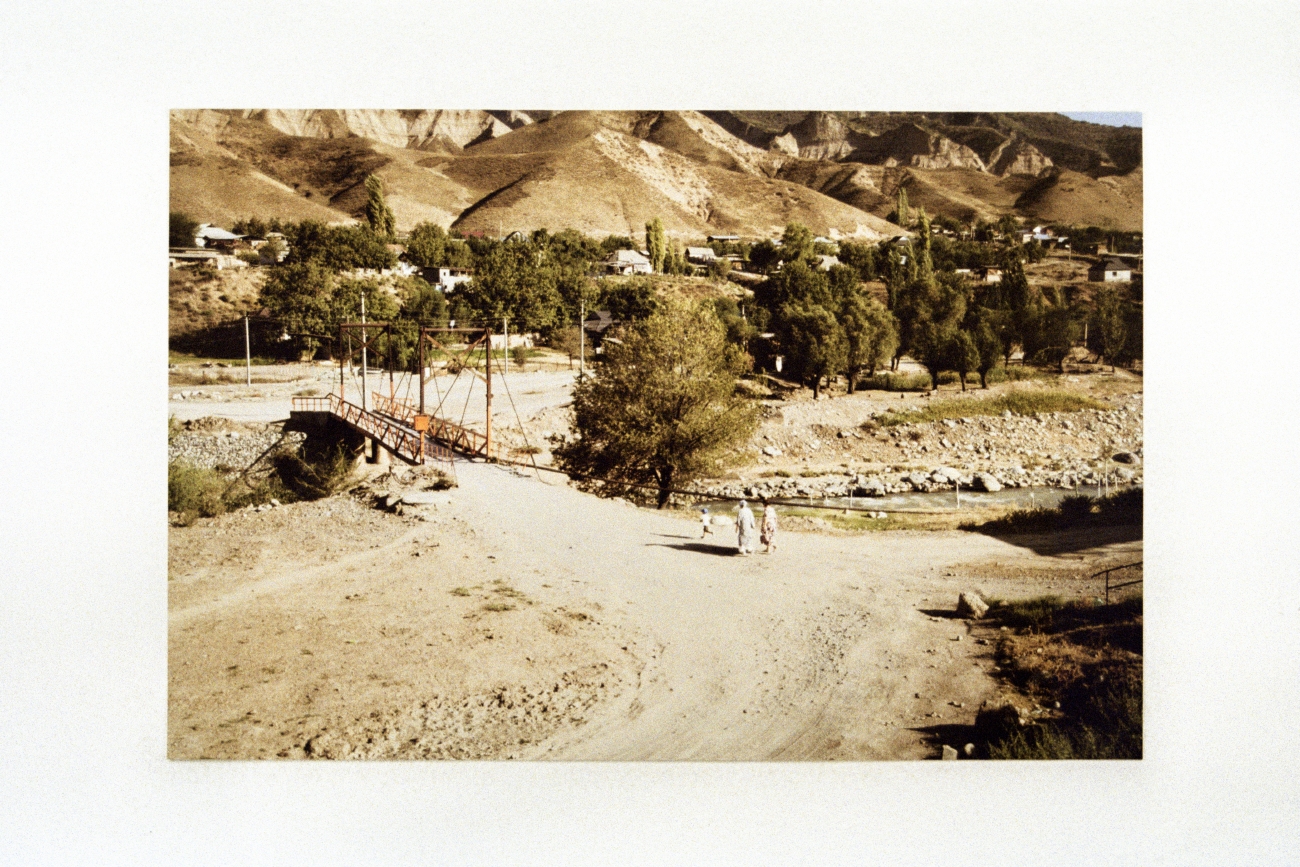Mailbox 200
The Kyrgyzstan’s Uranium Legacy
The secret village of Mayluu-Suu, identified by the Soviet Atomic Project with just the postal address “Mailbox 200”, was recently included by the Blacksmith Institute among the most radioactive places on the planet, among with Chernobyl and Fukushima, but potentially much more dangerous. Despite the major threat for their health, local population refuses to leave, minimizing or even denying the problem.
Life there, although statistically significantly shortened, continues to flow, as if the citizens did not want to believe in a killer – the radiation – that their eyes cannot see.
In the case of radiation, what is imperceptible to the eye can instead have visible effects on analog pictures: in an attempt to give a shape to the “invisible”, the 35 mm films from this project were exposed to the same average amount of radiation that the body of a person living in Malyuu-Suu absorbs every year. From 1946 to 1968, more than 10,000 tonnes of uranium were extracted and processed here, and were used by the nuclear program to build the Russian atomic arsenal, including the very first soviet nuclear bomb.
After the collapse of the Soviet Union, 2,000,000 m3 of radioactive waste were abandoned, buried in the mountains surrounding the city, along the river. The latest measurements from the UNDP detected radioactivity levels of 500 nSV/h, with peaks of 5000 nSV/h near the most compromised sites. To date, Russia has not yet admitted its responsibilities and has not taken part in the Kyrgyz government’s clean-up plan, while maintaining military interests in Kyrgyzstan and in its still vast reserve of uranium.
Some films were exposed (in the radiology lab at Bassano del Grappa Hospital) to radiation of 44 mSv, calculated as the average amount of radiation a human body is yearly exposed living next to the most compromised radioactive waste tailing ponds in Mayluu-Suu, according to UN measurements. For comparison, In Europe the average amount of radiation absorbed yearly by a human body is 2.4 mSv. After the process, the negatives resulted desaturated, with an increase in contrast, a marked color shift to warm temperatures and, above all, a strong noise despite the low sensitivity of the film (ISO 100).
